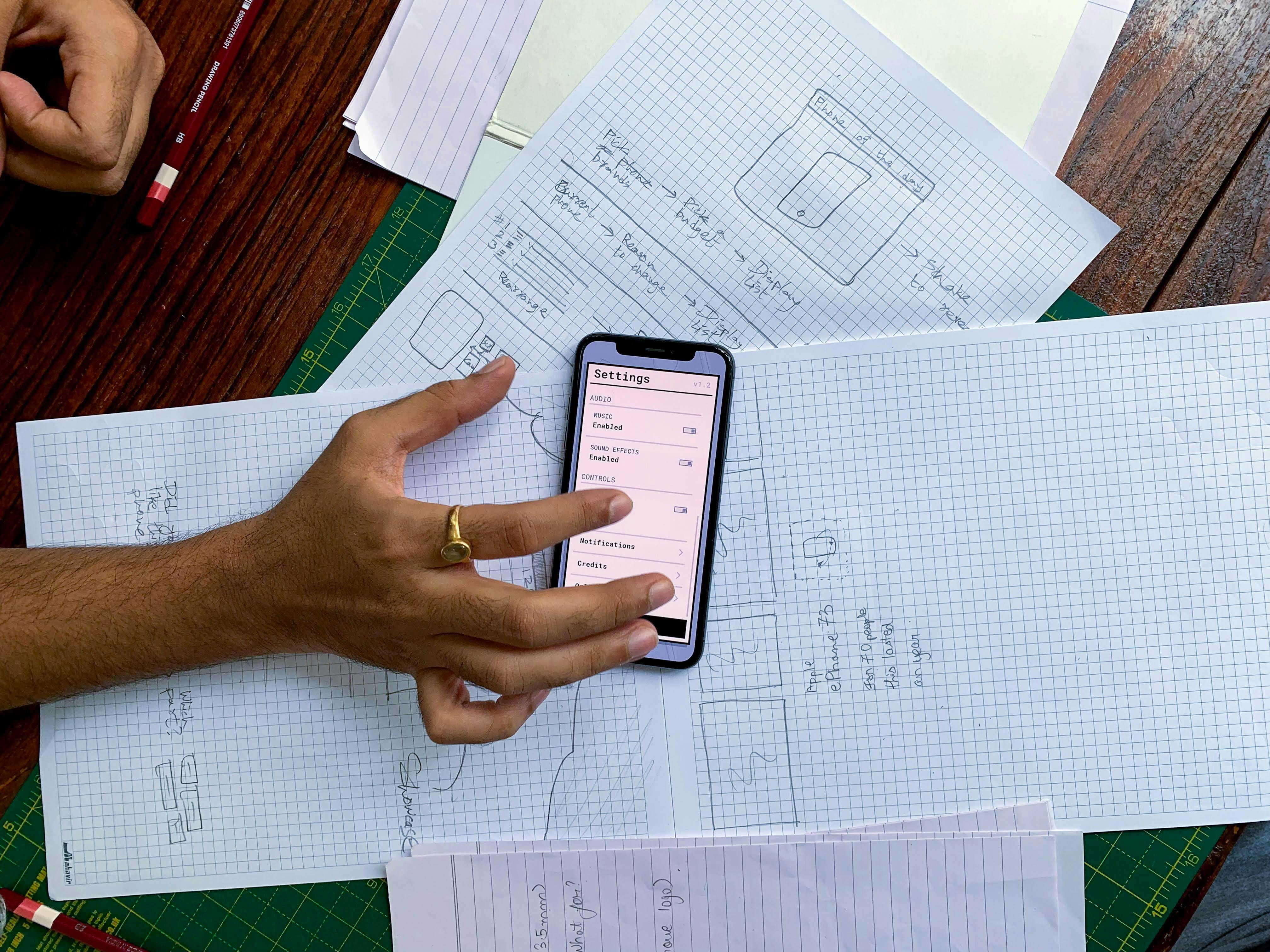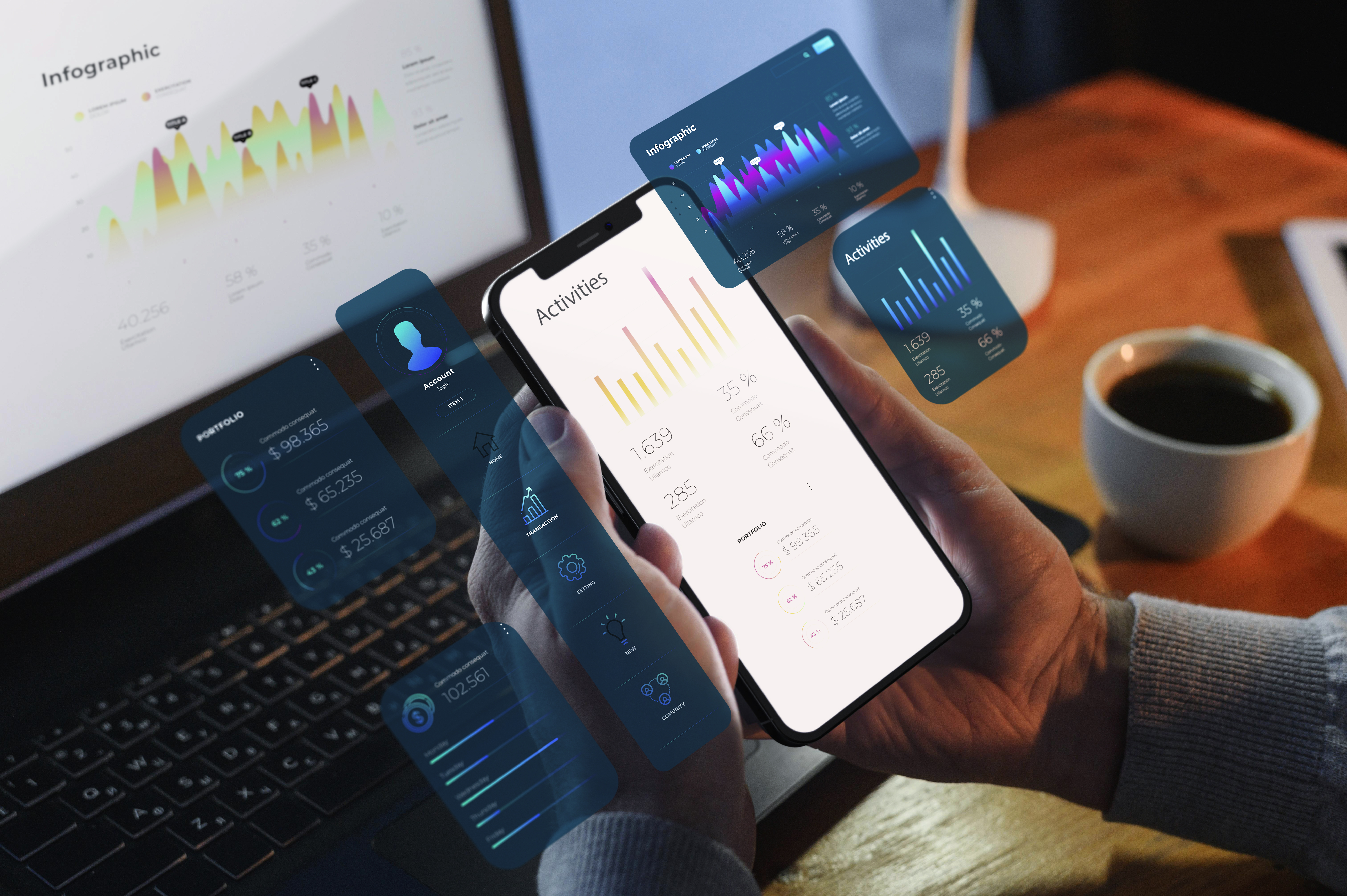
Role of Micro-interactions in improving UX
Role of Micro-interactions in improving UX
In the context of research and development to achieve a successful and satisfying user experience, we cannot overlook the most important and powerful element of this experience, which are the micro-interactions represented by changing button colors, animations, and sound and visual effects that indicate a change in the digital product. Despite their simplicity, they play a significant role in the success of applications and websites.
Table of Contents:
- What are the micro-interactions?
- What are the Types of Micro-interactions?
- Why are micro-interactions very important in digital products?
- How to leverage micro-interactions to improve user experience?
- Conclusion
What are the micro-interactions?
Micro-interactions are small details that occur during the user's interaction with the application or website, and these interactions include how the system responds to the user's commands. Pressing buttons, swiping the screen, visual effects, and notifications—these details are considered subtle interactions. Despite their simplicity, they have a significant impact on the user's feelings and overall satisfaction with the experience.
The Key Components of micro-interactions are:
- Triggers: It is the beginning of the interaction and can be represented by a button to click or swipe.
- Rules: occur during the interaction and determine how the system will respond after the trigger occurs
- Feedback: The system's response to any action taken by the user, indicating the success of this action.
- Loops & Modes: It relates to the time and manner of interaction and whether the user will need to change it later or not.
What are the types of micro-interactions?
When we delve into the types of these interactions, we find that they are numerous, but not all of them are equally important, as they vary depending on the nature of the digital product and what it offers to the user.
Here you are the most important types:
- Event-Based Micro-interaction: In response to a specific command such as pressing buttons or swiping the screen. And it appears during the color change of the buttons or the appearance of a specific file loading bar.
- Feedback Micro-interaction: The system's reactions to a specific action taken by the user. Like a notification to confirm an action or a vibration alert when pressing certain buttons.
- State Change Micro-interaction: It refers to interacting with state changes, such as switching between two modes or changing appearance in response to user commands.
Switching between dark and light modes is an example of this type of micro-interaction.
- Predictive Micro-interaction:
Predicting what the user might need later based on their previous choices, such as word suggestions and corrections in some applications.
Why are micro-interactions very important in digital products?
Despite the simplicity of these interactions, there is no successful digital product without these micro-interactions, as they significantly contribute to providing an easy and enjoyable experience for users.
For example, when the internet disconnects from the Google browser, a simple entertaining game appears, reducing the feeling of boredom until the internet returns.
The importance of precise interactions is summarized in:
- Improving user experience (UX): Through visual effects that make the user feel comfortable and at ease when using the application or website.
- Improving the overall performance of the product: It makes the product run more smoothly through notifications that help track the changes happening.
- It is adjusted to meet user's needs : Some digital products show users content that matches their interests, making them feel that the application is addressing them and understanding their personality.
How to leverage micro-interactions to improve user experience:
When designing any digital product, make sure that you are following these notes to ensure successful and precise interactions, and thus a successful digital product that offers an unparalleled user experience.
- First, these interactions must be precise, maintain product balance, and not distract the user unnecessarily.
- Secondly, it should be fast and provide immediate feedback on the actions taken by the user, as this reduces boredom and frustration, which can negatively impact the experience.
- Thirdly, these precise interactions must align with user expectations, and this is achieved by studying user behavior and personality.
- Finally, add some visual and sound effects, colors, and animations. All of these help the user interact with the product and enjoy it.
Conclusion
Micro-interactions are small details that occur during a user's interaction with an application or website, such as buttons, screen scrolling, visual effects, and notifications. These interactions have a significant impact on the user's feelings and satisfaction with the experience. They involve four elements: triggers, rules, feedback, and loops & modes. The most important types of micro-interactions are Event-Based, Feedback, State Change, and Predictive. These interactions are crucial in digital products as they contribute to providing an easy and enjoyable experience for users. They improve user experience (UX) through visual effects, improve overall product performance, and be adjusted to meet user needs. To leverage micro-interactions, designers should ensure they are precise, maintain product balance, provide immediate feedback, align with user expectations, and add visual and sound effects, colors, and animations. By following these guidelines, digital products can offer an unparalleled user experience.


